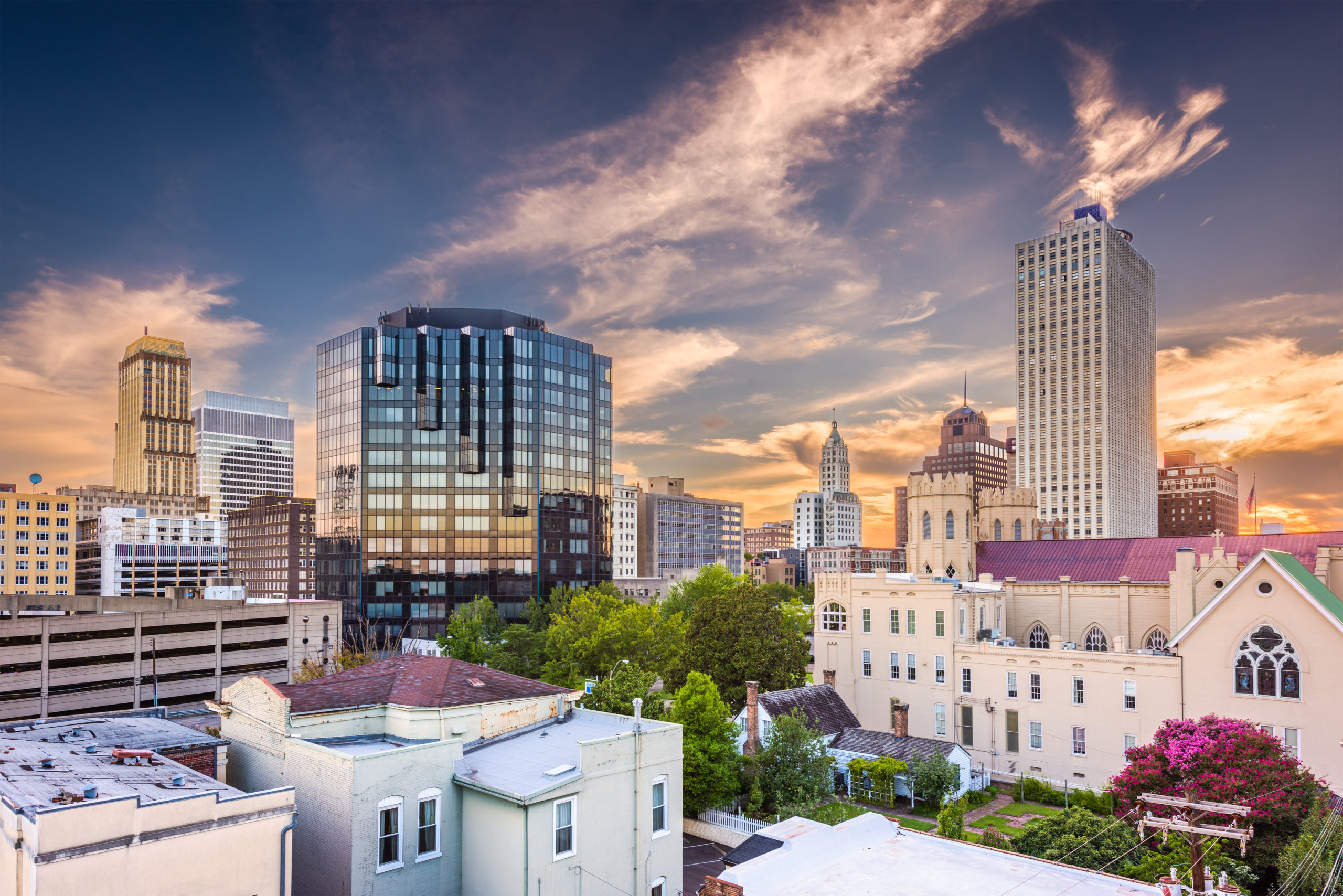Memphis Achieves Highest Multifamily Rent Growth in U.S. in 2020

- Memphis posted the highest multifamily rent growth in the U.S. during 2020.
- Vacancy rates were lower than the national average, as demand outpaced the addition of new supply.
- Investment activity slowed only slightly and cap rates fell to historical lows.
The entire U.S. multifamily market felt the effects of the COVID-19 pandemic in 2020; however, Memphis stood out as a top performer. The market posted the highest rent growth in the nation, driven by strong demand for workforce housing, as the area remained attractive to investors. Although the overall labor market has yet to fully recover from the recession, jobs in the area’s largest industry, transportation, made a complete recovery by the end of the year.
Highest Rent Growth in the U.S.
The average effective rent for multifamily properties in Memphis climbed 3.8% during 2020, according to Moody’s Analytics REIS. This was the highest rent growth in the nation among the 60 largest markets. The national demand for affordable housing was also apparent, as rents in higher-end properties increased 2.6%, while rents for workforce housing increased 4.0%.
REIS forecasts Memphis rents to decline 1.7% during 2021, which is in line with the U.S. overall forecasted decline of 1.8%. Rent growth is then expected to return to positive territory in 2022, climbing to 2.1% within three years.
The Memphis vacancy rate improved to 4.8% in 2020, down from 4.9% at the end of 2019 and lower than the U.S. overall rate of 5.2%. The vacancy rate is forecasted to increase slightly to 5.6% in 2021 before declining to 5.1% over the next three years.
Demand Outpaces Supply
Multifamily development in Memphis began to slow in 2018, unlike most markets in the U.S. that had strong activity through 2019. Completions peaked at almost 1,300 new units in 2017 and declined in each year thereafter. In 2020, only 840 new units were delivered. Meanwhile, demand has consistently outpaced supply, with absorption eclipsing completions in each of the last five years.
REIS forecasts a modest average of 630 new units will be added to the market annually over the next three years, alongside an average of 460 units of net absorption per year.
Investment Activity Slows
After two years of strong activity, multifamily investment in Memphis declined only slightly during 2020, as investors nationwide took a pause when the COVID-19 pandemic hit. According to Real Capital Analytics, the year started out strong with $224 million in sales during the first three months, which was the second highest quarterly total on record. However, investment totaled only $21 million in the second quarter at the onset of the pandemic. The year finished strong, with $331 million during second half, bringing the total for the year to $576 million. Year-over-year, multifamily investment in Memphis declined a mere 2.7%, while apartment investment for the U.S. overall declined at a much higher rate of 24.7%, a sign of resiliency that proved Memphis remained attractive to investors.
Multifamily cap rates in Memphis fell to historical lows during the year, declining to 6.0%, and down from 6.2% in 2019. For the U.S. overall, cap rates averaged 5.0% during 2020.
Transportation Leads Economic Recovery
As a global transportation hub, the Memphis economy was hit especially hard by the COVID-19 recession, and the recovery of the local economy will depend on the course of the pandemic.
According to the U.S. Bureau of Labor Statistics, total employment in the Memphis, TN-MS-AR metropolitan area finished the year down 3.3%, which was not as low as the 6.2% decline for the U.S. overall. However, the local unemployment rate climbed to 7.4% during the year, nearly doubling its 3.8% rate at the end of 2019 and higher than the overall U.S. rate of 6.7%.
Although the percentage of jobs lost was lower than the U.S. overall, the Memphis economy had only recovered about half the total jobs lost during the recession by the end of the year. A total of 61,200 jobs were lost at the immediate onset of the pandemic, and only 33,500 of those jobs had been recovered.
Remarkably, the largest sector of the local economy (trade, transportation, and utilities) was generally spared from the effects of the pandemic because of the rapid recovery in consumer demand. The sector saw an immediate drop of 11,900 jobs, or 6.8%, but by the end of the year it had recovered all of the jobs lost.
As in the rest of the country, the leisure and hospitality sector in Memphis was the hardest hit, posting a loss of 23,600 jobs. This sector showed positive signs in the summer, but rising coronavirus cases at the end of the year slowed the recovery. As of January, the sector remained 11,600 jobs below pre-pandemic levels.
Outlook
Although rents in Memphis are forecasted to decline, they are expected to trend in line with the U.S. overall. Additionally, a limited pipeline of new supply should support vacancy rate stability. Prior to the pandemic, Memphis was an active market for investors and it showed signs of resiliency throughout 2020. As the nation recovers from the COVID-19 pandemic, employers will still to do business in the area because of its low cost of doing business and residents will continue to be attracted to the market’s affordable housing. The area’s strong transportation sector will also continue to stabilize the local economy.
Interested in the multifamily real estate investment market? Contact Arbor today to learn about our array of multifamily financing options and view our other market research on the Chatter blog.

